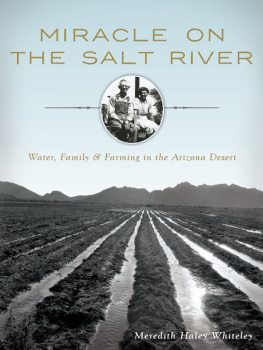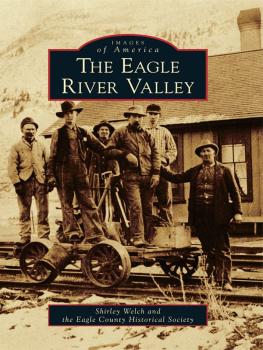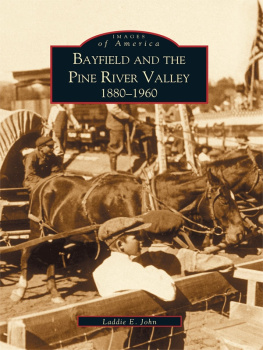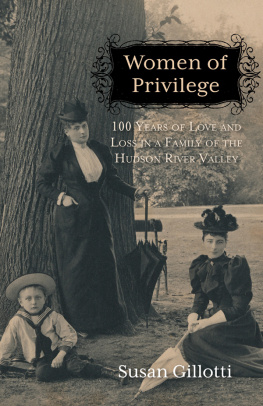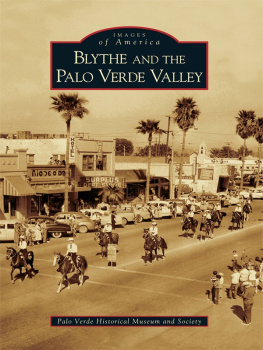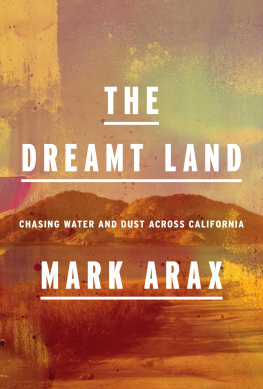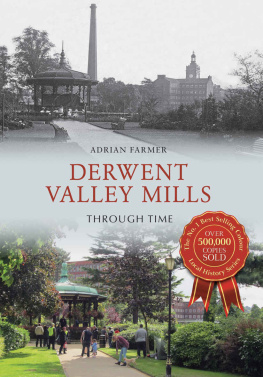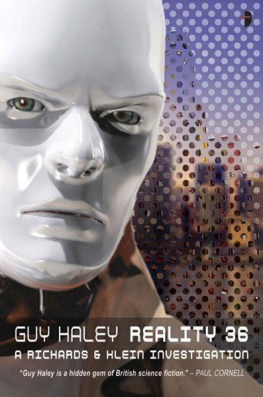
Published by The History Press
Charleston, SC 29403
www.historypress.net
Copyright 2014 by Meredith Haley Whiteley
All rights reserved
Front cover: Joe and Ollie Haley, circa 1940. Courtesy of the author.
First published 2014
e-book edition 2014
ISBN 978.1.62585.228.1
Library of Congress Control Number: 2014952362
print edition ISBN 978.1.62619.694.0
Notice: The information in this book is true and complete to the best of our knowledge. It is offered without guarantee on the part of the author or The History Press. The author and The History Press disclaim all liability in connection with the use of this book.
All rights reserved. No part of this book may be reproduced or transmitted in any form whatsoever without prior written permission from the publisher except in the case of brief quotations embodied in critical articles and reviews.
In Memory of
Joe Haley Jr.
CONTENTS
ACKNOWLEDGEMENTS
This book came together over a long period of time. I am grateful to everyone here: Carol St. Clair and the Glendale Arizona Historical Society; Jared Smith and the Tempe History Museum; Arizona State Archives; Casa Grande Valley Historical Society Museum; Arizona Baptist Historical Commission Archive; First Baptist Church, Glendale; The Salt River Project; Alberta Threewit; Ruth Wilkinson; and Brenda McClurkin. Unfortunately, many wonderful and helpful people have died in the meantime: Ada Fern Goodman, LouEdna McAllister, Genevieve Hannah, Dorothy Doyle, Della Card and Carl Abel. Most especially, thank you to Joe Haley Jr. (deceased), Felicity and Michael Seth, Marcia Melton and Wes Whiteley.

A map of the Salt River Valley.
REDEEMING THE DESERT
Drought toyed with the American desert on the eve of the twentieth century. It manipulated land, fortunes and lives as if Drought had its own mind, conniving and powerful. Skies blazed white-hot in summer. Snow barely dusted mountains those last winters of the old century, sending scant runoff into thirsty desert creeks and rivers, like Arizonas Salt River. Low water flow meant consternation in the Salt River Valley where farmers looked to river-fed canals to feed their fields and livelihoods. Drought was just beginning.
The dust rolled in then, so thick a man couldnt see a foot ahead. Lightning followed close behind, exploding better than the Fourth of July. Hard, pelting rain fell, washing away mens fear. Most were quick to forget Drought, except old-timersgrizzled loners more at ease with the desert than anyone else. Several of the old men tried to sound the alarm, saying that Drought would come again, with more ferocity. No one listened. The last thing rich, powerful men of the Salt River Valley wanted was negative talk. Bankers, real estate developers and others wanting to boss the Valley knew word about water troubles would send all the Midwest farmers and New York investors with money to burn someplace else in a hurry. Farmers who had already invested everything they had couldnt bear hearing bad news.
The old men were right, of course. Denial became harder for investors and new farmers alike as the dry spells lasted longer. Drought talk in the Salt River Valley grew desperate as farmers watched water trickle to nothing in their ditches. Neighbors shot and killed neighbors over nothing more than a few hours run of the ditch.
The problem wasnt just the amount of water flowing into the ditches but the condition of the ditches themselves. Drought on the Salt River watershed cut into canal company profits, driving investors to tighten the budgets for repairs. Broken, choked canals sent what precious water there was spilling out before it reached farmers. It was an old dance: East versus West, corporations versus farmers, but this time the jig spun out in uncharted steps, changing the face of the West.
Not all were losers. Occasional rains and a good water table in alfalfa fields north of the Salt River supported five or six cuttings of alfalfa hay a year in nearby fields. Farmers on the Maricopa Canal, like Bruce Brooks, stood to make a small killing.
Bruce was a newcomer to the Valley. Times were bad in Kentucky, and across most of the nation, when he arrived in 1898, penniless. Otherwise, he wouldnt leave his wife, Margaret, and four young girls.
He bunked initially with his sister, Pearl, and her husband. Shed badgered both brothers, Bruce and Jack, to move to the Valley. Like many, Pearl and her husband were driven to the Salt River Valley by tuberculosis. It would be years still, before the discovery of the tuberculosis bacillus and implementation of effective treatment. Until then, dry air was the conventional prescription for a disease that remained one of the countrys leading killers. Testimonialslike the one broadly circulated of a sufferer from Los Angeles who was at deaths door and made instantly well in the marvelous climate of the Salt River Valleygave the dying and their families tangible hope. Hope and miracles: those suffering clung tenaciously to both. They had little else.
Pearl and her husband bought sixty acres of improved land in the Cartwright District, six miles west of Phoenix and four miles north of the Salt River. Over five hundred people lived within the six by six mile area, the largest portion children. Neighbors came from all over the nation, many moving a few times before landing in the district.
Pearls land came with a good adobe house and deeded water rights on the Maricopa Canal. There were eight other canals siphoning water off the Salt River as it flowed south, then west across the wide desert floor. Most followed the tracks of canals built hundreds of years earlier by the Hohokam Indians. Three canals, the Grand, Salt River and Maricopa, drew north of the westward flowing river. Five canals drew from the south. The newest canal, the Arizona, drew further north, feeding vast acreage across the northwest.
The Salt River Valleys water arena was contentious from the moment settlers began cleaning out the old canals. The primary battle pitted farmers against canal company owners and investors. Dissension started right out of the gate, when investors filed claims for almost seven million acre-feet of water per year, five and one-half times the normal flow of the river. Most of these were floating rights, often owned by eastern investors for speculative purposes. Fortunately, Pearl and her husband bought deeded rights. Not all of the farmers were so lucky.
Farmers said early on that the Valleys irrigation system was overextended and the day of reckoning would come when smaller farmers without deeded rights were cut off. Defending their future, a mob of local farmers tore out a dam built on the new Grand Canal in 1878. Their action had no effect. Investors and developers kept right on building. A few years later, the Arizona Canal Company constructed forty-four miles of new canal, opening up another 100,000 acres to potential cultivation. The company also formed an improvement company and built a six-mile Grand Avenue slicing diagonally northwest from the heart of Phoenix toward the new planned villages of Glendale and Peoria. More threatening for local farmers, the company bought controlling interest in the Salt River, Grand and Maricopa Canals so that it controlled most of the water on the north side of the river. The company failed shortly after, reorganizing as the Arizona Water Company.

Next page
